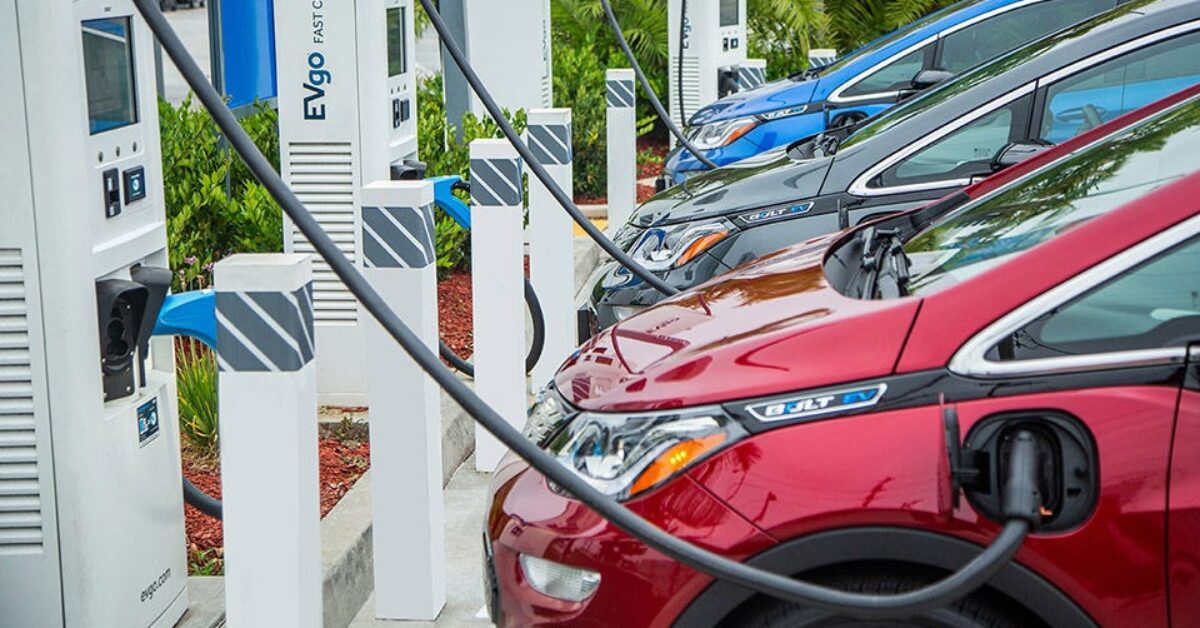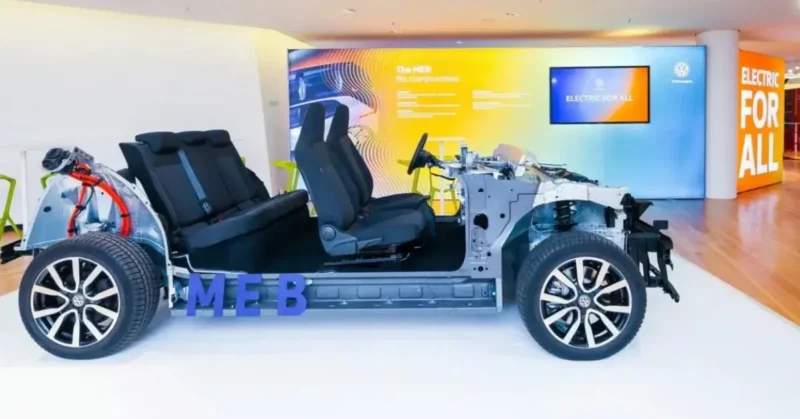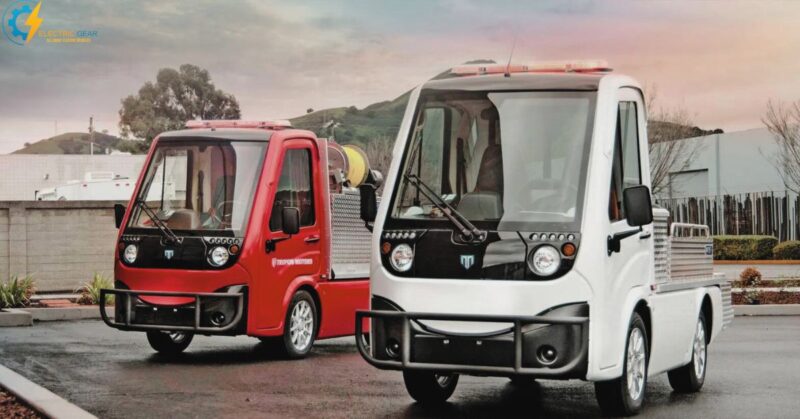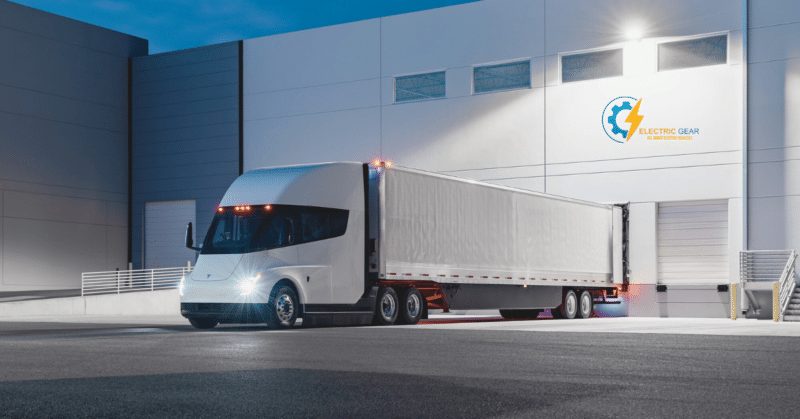Is Fast Charging Bad for EV Battery: As more people buy electric cars (EVs), drivers are drawn to the convenience of fast charging even more. However, people are still arguing about whether Fast Charging Bad for EV Batteries.
This guide will talk about the science behind fast charging, how it affects battery health, and the best way to take care of your EV’s battery so that it lasts as long as possible.
What is Fast Charging?
Types of Charging
Level 1 Charging: Plugs into a normal 120-volt outlet. It takes the longest time and only adds 2 to 5 miles of range per hour.
Level 2 Charging: Plugs into a 240-volt outlet, which is popular in homes and public charging stations. It gives you an extra 10 to 60 miles per hour.
DC Fast Charging: High power levels (usually 50 kW to 350 kW) and direct current (DC) are used to add 60 to 100 miles of range in 20 to 30 minutes.
Is Fast Charging Bad for Battery Tesla?
Tesla claims its batteries retain over 80 to 90% of their capacity even after driving 200,000 miles. Level 3 fast charger harms Tesla batteries as other EVs with liquid cooling systems.
Is fast charging bad for Tesla batteries largely depends on the EV battery cooling system type. Most Tesla models use a liquid cooling system to cool their batteries and motors.
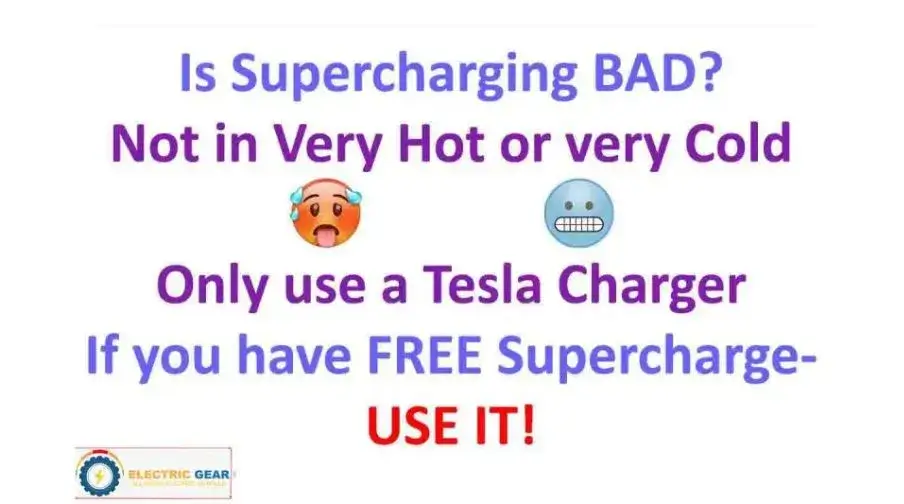
It’s the most complex and efficient cooling mode, keeping the operating temperature between 20 to 40ºC and the inside battery pack temperature difference less than 5ºC. It prevents the temperature from operating outside this range which otherwise stimulates fast degradation and battery deterioration.
Furthermore, frequent use of DC fast chargers may harm battery health in the long run, and its occasional use can be ignorable.
Fast Charging Destroys the Battery
Frequent and repeated visits to DC fast charging stations can shorten the range and life of EV batteries. Some researchers, after battery experiments, claimed to ruin the battery capacity even after 25 fast charging.
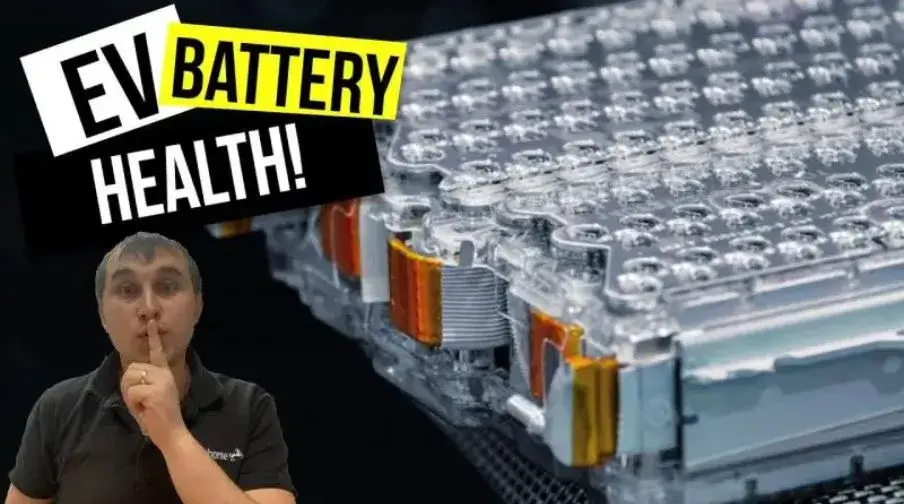
EV batteries are volatile, and as much you keep them happy, as long these tend to yield more. Always try to keep the charging level of your battery from 20 to 80% and use battery charging best practices for good battery health.
The Impact of Fast Charging on EV Batteries
Heat Generation
Heat is one of the main problems with fast charging. When you charge a battery quickly, the temperature rises, which can speed up chemical processes and cause:
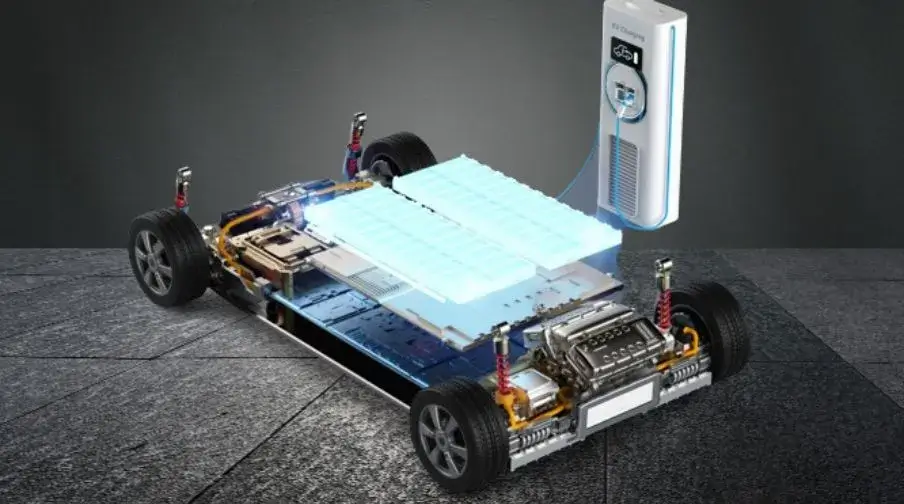
- Thermal Degradation: Higher temperatures can change the makeup of the battery in a way that can’t be undone, which shortens its life.
- Thermal Runaway: In the worst cases, too much heat can cause dangerous situations like thermal runaway, in which the battery heats up without being able to stop it.
Voltage Stress
Higher levels are used for fast charging, which can:
- Stress Battery Materials: High voltage can put stress on the battery cells’ mechanics, which can cause microcracks and other problems.
- Increase Degradation Rates: Continuous high-voltage charging can make the battery lose its power faster over time.
Charge Cycles
When you use fast charging a lot, the number of charge cycles can go up, which can add to general wear and tear. Even though current batteries are made to last a long time, too much fast charging can shorten their useful life.
Mitigating the Effects of Fast Charging
Battery Management Systems (BMS)
Present-day EVs come with complex BMS that control and track charging to:
- Control Temperature: During fast charging, active cooling devices keep the heat under control.
- Optimize Charging Rates: To reduce stress, BMS changes charging speeds based on the temperature and state of charge (SOC) of the battery.
Best Practices for Fast Charging
- Use Fast Charging Sparingly: Level 1 or Level 2 charging is better for everyday use; fast charging should only be used for long trips or situations.
- Avoid High SOC: Charging the battery to 100% a lot can speed up the wear and tear. Try to keep the SOC between 20% and 80%.
- Monitor Battery Temperature: Watch the battery temperature while it’s charging if your car lets you, and don’t do fast charging when the temperature is very high or very low.
What is the Disadvantage of Fast Charging?
The primary disadvantage of fast charging, such as level 3 or 4 charging, is that it can potentially reduce the lifespan of an EV battery due to the high charge rate.
Fast charging can also generate heat, further depleting the battery if it is not appropriately managed. Additionally, slower charging options may be more widely available than faster charging stations.
Conclusion
Fast charging isn’t bad for EV batteries in and of itself, but using them a lot can speed up the breakdown if you don’t take care of them properly.
If you know how fast charging works and follow best practices, you can get the most out of your battery’s life while still having the convenience of fast charging when you need it.
Always do what the car’s maker tells you to do and be careful when using fast charging to keep your EV in good health for years to come.

Imran is an experienced content writer who crafts engaging and informative articles for a variety of industries. With a keen eye for detail and a passion for storytelling, Imran delivers high-quality content that resonates with readers. Whether he’s writing blog posts, social media content, or website copy, Imran is committed to delivering compelling content that drives results.

